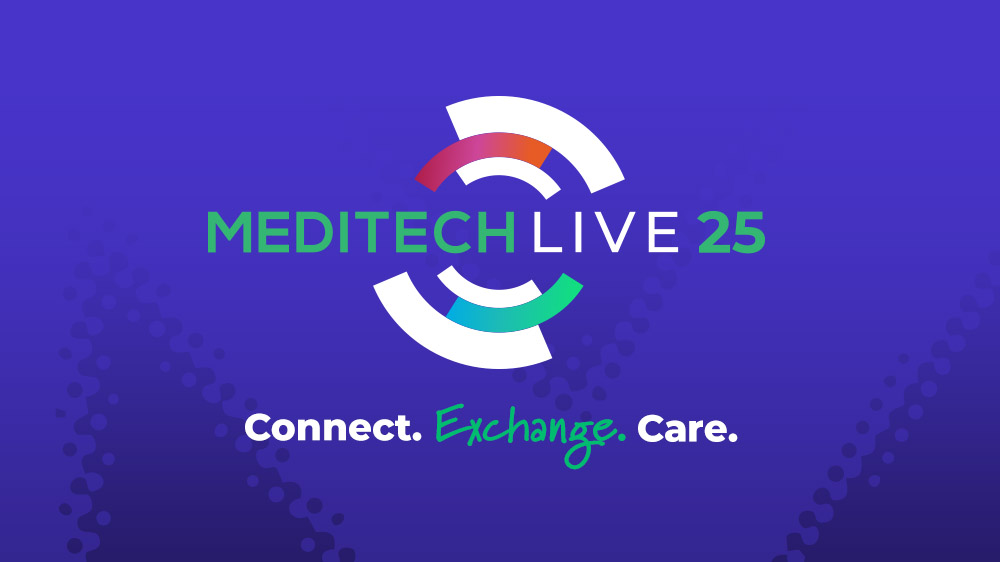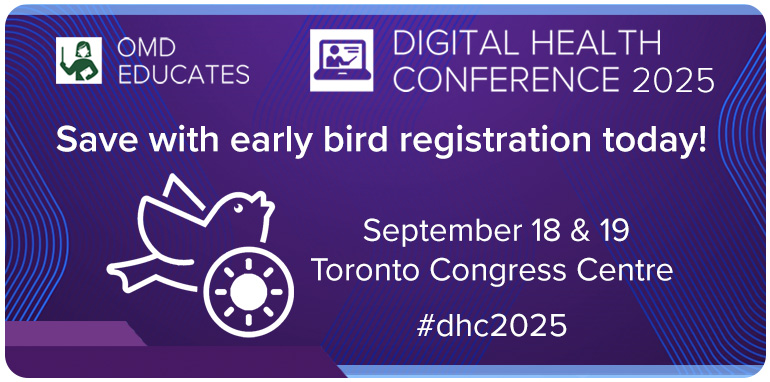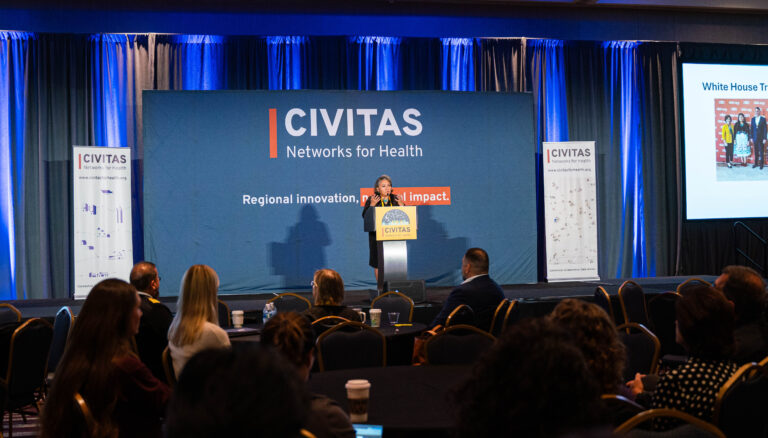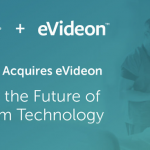It would be foolish to think that the healthcare industry could ever go back to paper medical records but that doesn’t mean many clinicians are happy with the electronic medical records systems they are using now. As the old adage goes, “if you’ve seen one EMR, you’ve seen one EMR.” But some EMRs are definitely better than others, and more often than not, some of the most innovative I’ve seen are not in America, but overseas.
Looking back, many EMRs grew out of electronic billing systems that were later adapted to capture clinical information. Even some of the best of today’s systems are nothing more than a digital representation of the paper chart model. As information communication technology has advanced, the EMR has frankly failed to catch up.
So why don’t EMRs make better use of rich media capabilities including audio, video, and immersive graphics? And why isn’t information in the EMR presented in a format that more closely fits with the way physicians work and think today?
One solution I’ve been following over the years is from a company based in Norway. The company, Imatis, has always been pushing the boundaries on what the modern electronic clinical record should be. Their focus is both contextual and highly visual, making the most of what contemporary information technology can deliver through an intuitive, immersive graphical user interface.
Their newest iteration is Imatis Visual Health. Instead of pages of information organized as discrete data points, text fields, and chronological events, Imatis Visual Health takes an entirely different approach by organizing information around human anatomy and organ systems. The entire human body is graphically represented on screen.
Each area calls out relevant information about the patient’s health history, chronic diseases, laboratory tests and medical images and how all these interrelate with the patient’s current health status. I wholeheartedly agree with the company’s premise that using human anatomy to organize and browse in the Patient Record is intuitive and fast. Also, it can run on desktops, laptops and mobile devices and just about any of the most popular browsers and operating systems.
What’s compelling about Imatis’ approach is that it enables clinicians to communicate and collaborate better with colleagues by allowing them to zoom in on the anatomical illustration of a specific patient record so the location of the injury or disease is clear. Knowing the exact location of an issue allows for a much faster understanding and problem solving as doctors think through treatment options, for example identifying the least damaging path to excise a tumor. Not only that, but having an anatomical representation that they can zoom in and out of, or rotate, can also be used to help clinicians better explain an issue to patients by showing them exactly where and what the problem areas are. The anatomical interface helps patients better understand their illness in relationship to their body, organ systems, and past medical history.
What is really exciting to think about is the intersection of richer, more visual electronic medical records perhaps combined with motion-based gaming technology like Kinect. Already Kinect is being used by surgeons in the operating room to manipulate medical images and other patient information without having to touch anything or leave the sterile field. In the future, doctors of various disciplines who are located in different locations may communicate and collaborate over difficult cases using holographic, three dimensional images embedded with information that today resides only in text based electronic records.
I’d like to see much more of this forward-thinking approach to the design of electronic medical records to bring new technologies that enhance rather than burden clinical workflow and knowledge transfer. Source





































